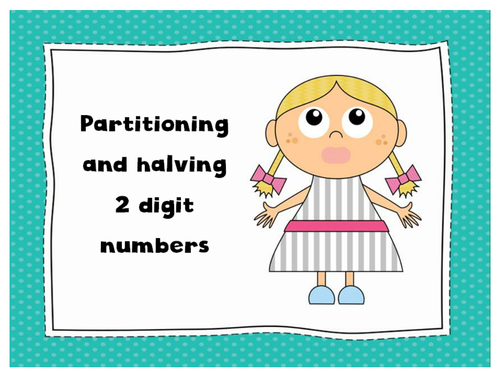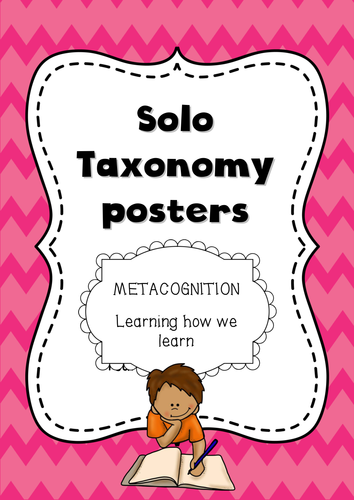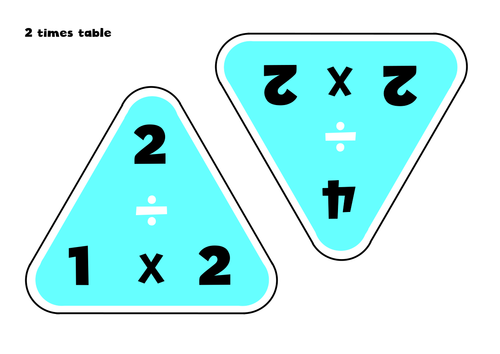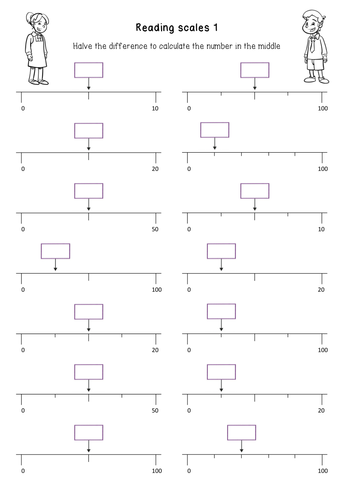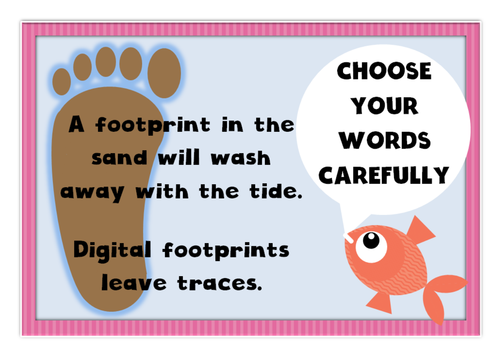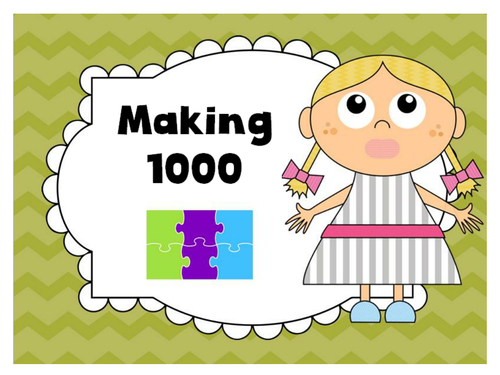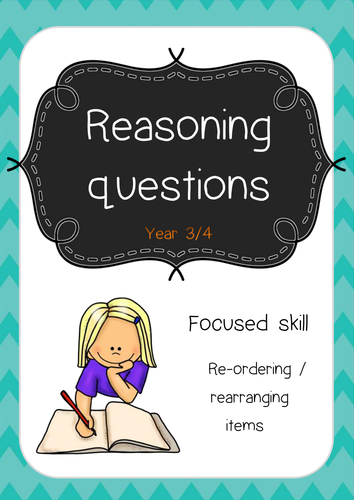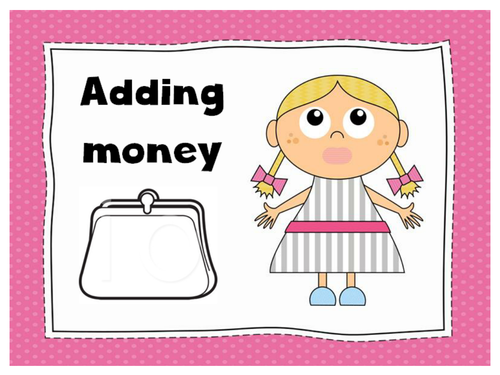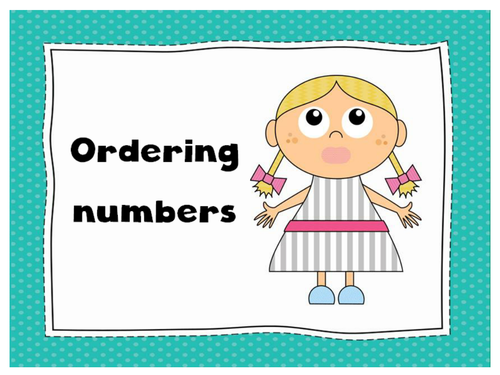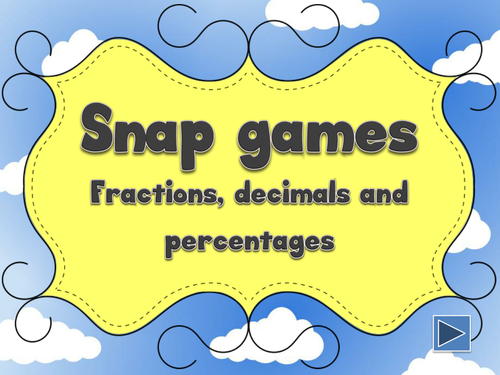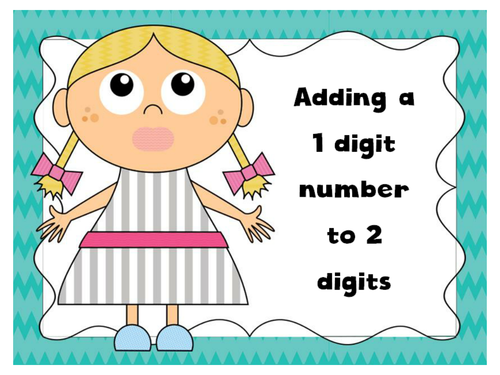
60Uploads
36k+Views
25k+Downloads
All resources

Halving diamond, partitioning and halving 2 digit numbers PowerPoints
4 PowerPoints to use alongside the Big Maths clic sessions. I also use them as whiteboard sessions at the beginning of Maths lessons. They get progressively harder from the first to last, ending up introducing decimals.
There are 5 pages to each PowerPoint which are suitable for year 1/2 upwards.

Introduction to the language of probability quiz
Fun game / presentation to introduce the language of probability.
It uses the terms; Impossible, Very unlikely, Unlikely, Even chance, Likely, Very likely and Certain.
There is a brief introduction and these slides can be removed if you wish, including rules of the game.
The board has 12 interactive questions where pupils click on their choice before the question is revealed. There are 7 possible answers to each question. Clicking the wrong answer will make the answer shake to indicate that it is wrong. When a correct answer is chosen, it will take you back to the question board.
You can keep a record of the scores when the presentation is active by typing them in yourself on the question screen. It is also possible to name the teams in the same way.

Wall clock in Welsh, Cloc CA2 barod i lamyneiddio
Arddangosfa cloc am eich dosbarth. Addurnwch eich cloc ddiflas fel ei fod yn adnodd ar gyfer gwersi Mathemateg.
Barod i lamyneiddio a gosod fel y llun.

Solo taxonomy and Metacognition class posters
Metacognition or learning how we learn is the buzz word at the moment. Aside from introducing this idea to your pupils and pondering what sort of learner you are yourself! you will need some sort of tool for reference in class.
I have devised these posters to use prior to the class starting work. They have exceeded my expectations with how well they work and what impact they've had in the class.

Number fans and also numicon, dice, 2D shapes 3D shapes, coins and fractions
8 different versions of fans ready to cut out and laminate. Both have sets in colour and also with a white background.
Coins include the new £1 coin.
If you have any other ideas / requests please place in the comments.

Fact family triangles and worksheets
10 sets of fact family triangles (tables 2 – 10).
12 fact family worksheets (tables 2 – 12).

5 Weeks Mastery interactive Mathematics PowerPoints and resources – Reception, Weeks 2-6
Please download week 1 for FREE first to see the product examples https://www.tes.com/teaching-resource/mastery-weekly-interactive-mathematics-powerpoints-reception-counting-number-recognition-double-11961922
I created these because I had no resources and they turned out to be amazing! They proved so successful with the children and the two other Reception teachers; I continued to produce them for the rest of the year. Worksheets, matching games etc. are included.
You will receive 5 interactive PowerPoints. A list of their contents. Worksheets, games and activities I created to support their learning.
I use each presentation at least 3 if not 4 times a week prior to Maths session. By the end of the week those who were struggling on Monday had a better understanding by the end of the week. The children are chosen to come to the whiteboard for most of the PowerPoint pages e.g. to pop the bubbles whilst counting down from 10, which they love (with improved listening skills!).
Many concepts e.g. the idea of zero or addition are much easier to understand visually e.g. eating all of the cakes (gone) or combining items (altogether), telling number stories.
The PowerPoints start from scratch. Unfortunately, the difference between the highest achiever and lowest at Reception can be enormous and my philosophy is ‘no one left behind’. They change pace quickly and certain aspects such as the ‘doubling bunny’ rely on repetition and learning ‘the action’ (children physically perform it) so that they can say the answers before tackling the maths later on in the year.
Each lesson begins with:
Shape discussion (click the shape to make it dance),
Counting upwards (from the number of the week),
Counting from 10 to zero (clicking on the images so that they disappear one by one).
Different concepts are then added each time.
I have created these PowerPoints to satisfy:
• Maths mastery,
• Little Big Maths,
• The Welsh foundation phase curriculum / English eyfs curriculum,
• Individual profiles (Reception),
• It introduces the part part whole aspect of Singapore Maths and also the bar method (later on),
�� It also utilises ideas from the White Rose Maths.
Week one is free so that you can see how this works in your class. The rest are in half termly packs.

Reading scales, an easier introduction
Finding missing numbers on scales can be a real challenge for some. Finding the difference before calculating half and adding this to the initial number is as confusing to some as it sounds! The easier introduction is developing these skills one step at a time, by starting with 0. These two step worksheets, with simple PowerPoint introduction, will ensure more of the class will achieve.

Digital competence / citizenship / internet safety posters
9 posters to introduce digital awareness and internet safety to the primary classroom covering a variety of issues with slogans e.g. adult supervision = wise decision.

Algebra picture puzzles introduction - powerpoints and worksheets KS2
Introduce Algebra at Primary / Secondary with these 22 ppts and 12 worksheets (9 of which are editable).
The 22 presentations begin with simple picture representations and explore pupil’s reasoning skills through a variety of sized and shaped grids, representations of scales as equal and scales as amounts to reasonably compare.
Most numbers can be edited on the powerpoints and blank worksheets are provided for extra differentiation (if necessary).
A lovely introduction to Algebra in the new Curriculum for Wales (CfW).

Connect 4 addition.
5 connect 4 games to print and laminate. Sums developed to promote and develop addition, braking the tens barrier. The sums begin with 1 digit + 1 digit and progress up to 3 digit + 2 digit numbers.

Interactive ‘Guess my number’ PowerPoint with reasoning question cards
I created this interactive PowerPoint after using ‘Guess my number’ game in the class which is modelled on the game ‘Guess who’.
I use it to solve reasoning questions between 0 and 50 e.g. How many odd numbers are there between 20 and 40? The numbers can be pressed and eliminated when used on an interactive whiteboard. The class love to be chosen to interact with it.
I have included 30 question cards in a PDF format but also in a word format, so that you can alter the tables/sums etc.

Balwnau dyddiau'r wythnos
7 balwn dyddiau'r wythnos yn barod i argraffu. Gellir fewnosod y lluniau i ddogfen word i addasu'r meintiau cyn argraffu.

Whiteboard practice PowerPoints, 1000 number bonds, Big Maths CLIC session
4 PowerPoints to use alongside the Big Maths clic sessions. I also use them as whiteboard sessions at the beginning of Maths lessons. They get progressively harder from the first to last, breaking the tens barrier twice by the end.
There are 4 pages to each PowerPoint which I have been using in year 4, but are suitable for other ages.

Year 3/4 Mathematics reasoning investigations, focusing on re-ordering / rearranging
Mathematical reasoning has been brought into focus with the poor results of the PISA tests. These 5 investigations focus on re-ordering work with emphasis on a given set of options.
They are ultimately suited to year 3 but without prior investigation work, I’ve used these successfully in my year 4 class. I would advise using equipment/resources to spark interest in the task.
Each investigation has an extension which is a level above the problem for those children who are capable learners already. This assists classroom management, where high achievers can be disengaged when problems seem obvious to them.
There is also vocabulary specific to re-ordering work, to assist the teacher in promoting the language and therefore facilitate progress.

Whiteboard practice PowerPoints, addition (money) Big Maths CLIC session
4 PowerPoints to use alongside the Big Maths clic sessions. I also use them as whiteboard sessions at the beginning of Maths lessons.
Although I prefer to use column methods to add money, this technique will introduce and consolidate the relationship between pounds and pence.
There are 4 pages to each PowerPoint which I have been using in year 4, but are suitable for other ages.

Whiteboard practice PowerPoints, 100 number bonds, Mr 100
Here is my strategy for teaching 100 number bonds. It is similar to the Big Maths clic session jigsaw addition. There are 4 PowerPoints, getting harder each time. The children love it and find it an easy strategy to follow.
I have included my differentiated worksheet too.

Ordering two digit numbers PowerPoints
4 PowerPoints to use alongside the Big Maths clic sessions. I also use them as whiteboard sessions at the beginning of Maths lessons. They get progressively harder from the first to last.
There are 4 pages to each PowerPoint which are suitable for year 1 upwards.

Fractions, decimals and percentages - fun interactive white board games
6 enjoyable snap games focusing on two elements at a time e.g. fractions to decimals, starting with easier matches e.g. ½ and 0.5 and increasing in complexity.
The first three games are targeted for level 4 (big maths too) and the last three are level 5 questions.
The pupils click on two choices, which are then revealed. If they are incorrect, they need to reset the board. If they are correct, they may continue until they match two incorrect tiles. The game needs instruction initially, as with the limits of PowerPoint, it will not say if the matches are correct or not.
They can be used as a fun introduction, plenary or independent games. The games will work on an iPad that has PowerPoint. The game can be sent to the iPad as an email attachment or through Dropbox / Google Drive and opened with PowerPoint.
There is one larger version with sound and a smaller version without. Both have the same questions.

Whiteboard practice PowerPoints, addition (2d + 1d), Big Maths CLIC session
4 PowerPoints to use alongside the Big Maths clic sessions. I also use them as whiteboard sessions at the beginning of Maths lessons. The first one has number bonds under 10 and the last three cross e.g. 12 + 6, 55 + 9.
There are 10 pages to each PowerPoint which I have been using in year 4 but are more suitable for younger years.

